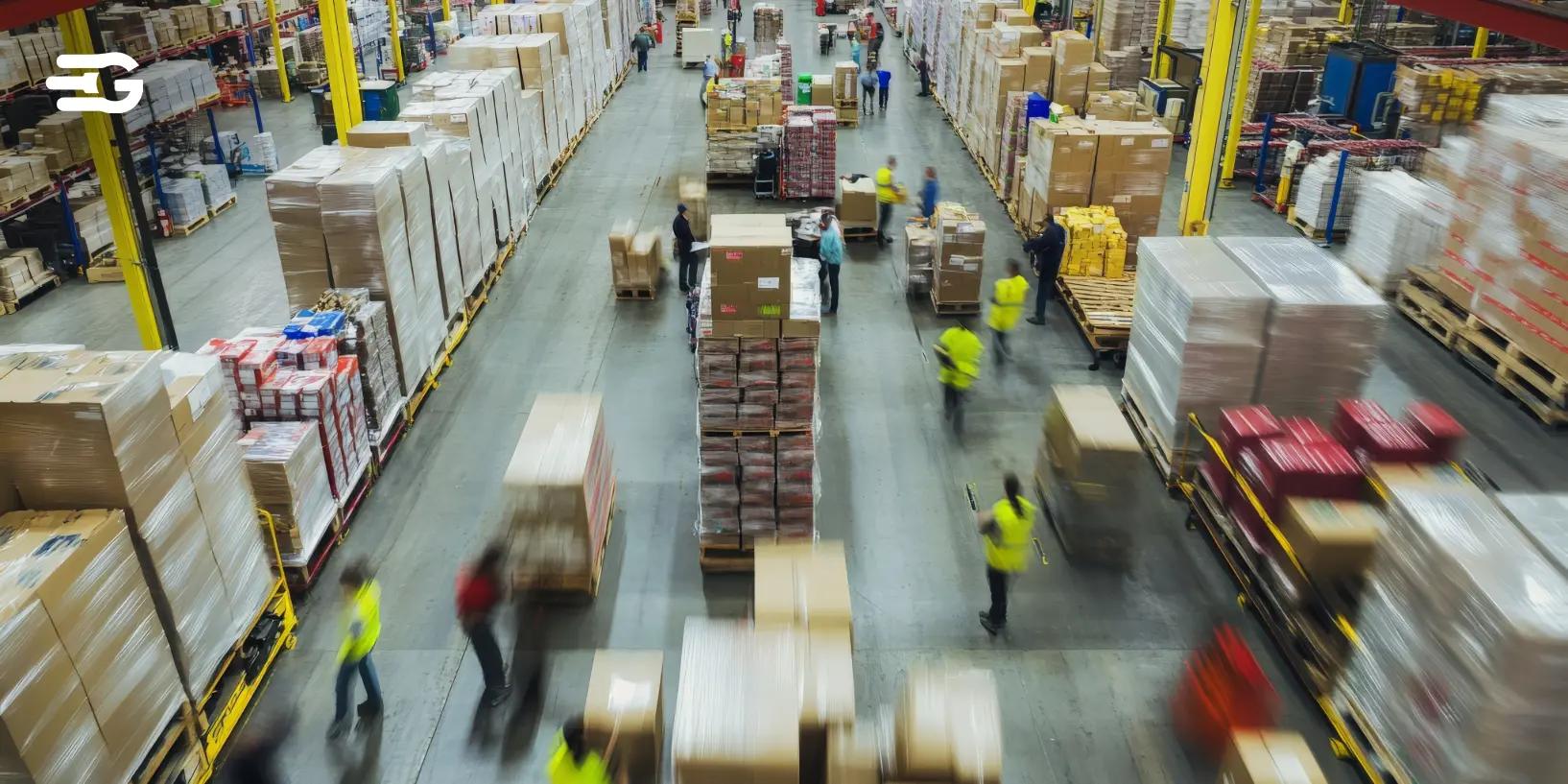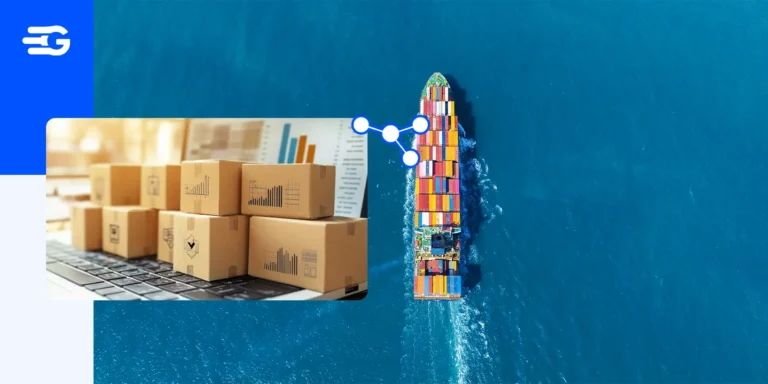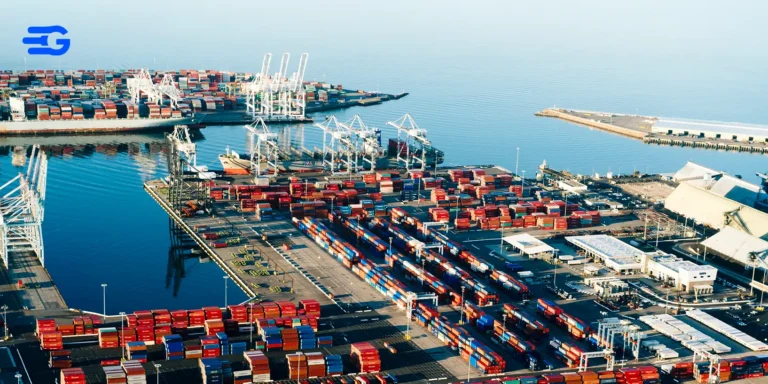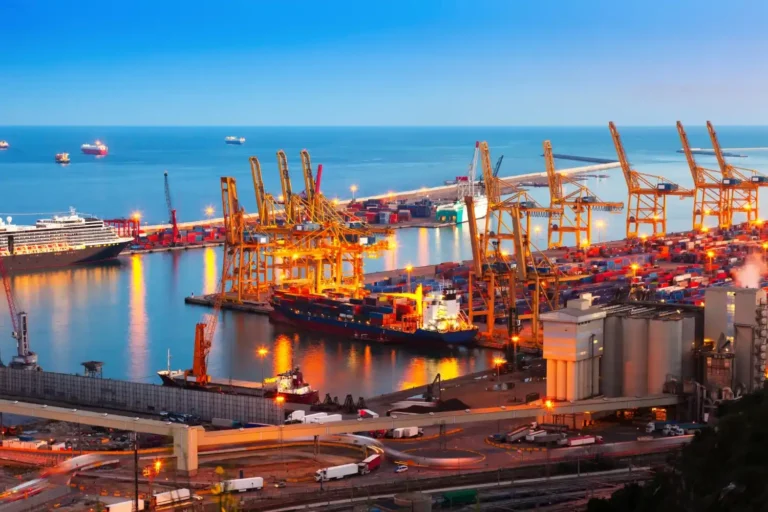7 Steps To Efficient & Responsive Supply Chains
In early 2024, a Supply Chain Director at a mid‑sized electronics manufacturer watched nervously as port congestion in Southeast Asia and sudden raw‑material price spikes threatened to derail shipments. Customer orders were accumulating faster than inventory could arrive, and premium air‑freight rates were eating into margins. It became clear: achieving true supply chain efficiency was no longer a nice‑to‑have—it was a matter of survival.
Global data underline the urgency. In 2023, supply‑chain disruptions cost companies an average 6–10% of annual revenues—and 78% of firms reported significant margin pressure, with 20% experiencing cost increases exceeding 10% year‑over‑year Economist ImpactFTI Consulting. Meanwhile, 71% of global organizations highlighted raw‑material volatility as their top threat KPMG, and disruption events rose by 38% over the prior year DC Velocity. Faced with these headwinds, our Director embarked on a journey through 7 steps that transformed a reactive setup into an efficient, responsive supply chain—powered by GoComet’s AI‑driven platform.
1. Map Your End‑to‑End Network
Before any optimization can begin, you must know exactly what you’re optimizing. Our Director’s team spent weeks cataloging every supplier, factory, warehouse, and transportation lane—building a “digital twin” of their global network.
Why it matters: A 2021 BCI survey found that nearly 75% of organizations still rely on spreadsheets to track disruptions, indicating a profound lack of network visibility that undermines supply chain efficiency KPMG Assets.
With GoComet, the team overlaid this network map onto a live dashboard, instantly spotting capacity bottlenecks and under‑utilized routes. This precise visibility laid the foundation for all subsequent efficiency gains.
2. Implement Real‑Time Visibility
Even the best‑laid plans falter if you don’t know when and where shipments really are. Initially, our Director’s organization endured up to 72‑hour delays in carrier schedule updates—blind spots that triggered costly expedited shipping.
By the numbers: According to GEODIS, only 6% of companies claim full supply chain visibility, leaving the vast majority vulnerable to surprises Procurement Tactics.
GoComet’s multimodal tracking tracked every container, truck, and railcar, delivering real‑time status and dynamic, AI‑powered ETAs. With 24/7 alerts for deviations, the team moved from firefighting delays to proactive rerouting, cutting average lead‑time variability by over 20%.
3. Leverage Predictive Analytics
History doesn’t exactly repeat itself, but patterns do emerge. By integrating weather forecasts, port‑congestion indices, and carrier‑performance trends, our Director’s team built predictive models that flagged risks days in advance.
Investment trend: Through 2024, 50% of supply‑chain organizations will invest in AI and advanced analytics—underscoring analytics’ central role in driving supply chain efficiency KPMG.
GoComet’s predictive‑ETA engine ingests over 100 data sources—from satellite AIS feeds to customs‑clearance times—alerting the team to an impending Suez backlog seven days out. Early action rerouted critical modules via Rotterdam, avoiding a potential 10‑day delay.
4. Foster Cross‑Functional Collaboration
Silos kill agility. When procurement, production, and logistics operate in isolation, response times lag and costs climb. Our Director instituted a virtual “war room,” where stakeholders logged exceptions, approvals, and contingency plans in real time.
Raw‑material risk: 71% of companies cite raw‑material cost volatility as their top supply‑chain threat, highlighting the need for unified decision‑making KPMG.
Using GoComet’s stakeholder portal, suppliers and 3PLs gained controlled access to shipment timelines and chat threads. Automated notifications replaced endless email chains, slashing decision latency by 40% and enabling rapid alternate sourcing when a critical part fell behind.
5. Optimize Inventory with Demand‑Driven Planning
Excess safety stock in one region can blind you to shortages elsewhere. At our Director’s firm, $2 million in idle inventory sat in Houston while demand spiked unexpectedly in Latin America.
Lean impact: Companies applying lean supply‑chain principles report 15–30% cost reductions through optimized inventory and reduced waste GoCometQIMA Blog.
Switching from calendar‑based reorder points to consumption‑triggered replenishment, the team synchronized orders to live sales and forecast data. GoComet’s analytics surfaced slow‑moving SKUs and automatically rebalanced stock, cutting idle inventory by 30% and freeing capital for high‑growth markets.
6. Streamline Logistics with Automation
Manual rate comparisons, PO consolidations, and invoice reconciliations drain both time and money. Recognizing this, the team deployed Robotic Process Automation (RPA) for freight procurement.
Automation ROI: Companies using RPA in supply‑chain operations achieve cost savings of 30–70% on repetitive tasks—transforming headcount into strategic capacity Software Development Company | Netguru.
Within GoComet, reverse auctions sourced competitive freight rates across dozens of carriers in under ten minutes. Automated invoice matching eliminated 80% of manual workflows, allowing planners to focus on exception management rather than data entry.
7. Continuously Measure, Learn, and Improve
True supply chain efficiency is a journey, not a destination. Our Director’s organization established monthly “Kaizen” reviews—assessing KPIs like on‑time delivery (OTD), cash‑to‑cash cycle, and total supply‑chain cost as a percentage of revenue.
Digital maturity: McKinsey reports that 79% of companies now deploy dashboards for end‑to‑end visibility—and 71% plan to overhaul planning processes in the next three years, reflecting a commitment to continuous improvement McKinsey & Company.
GoComet’s customizable dashboards allowed deep dives into trend‑lines and root‑cause analyses—revealing, for example, how late carrier payments correlated with handling delays. These insights fed back into playbooks, driving another cycle of gains.
Through these seven steps—network mapping, real‑time visibility, predictive analytics, collaborative governance, demand‑driven inventory, logistics automation, and continuous improvement—our Supply Chain Director transformed a firefighting operation into an agile, cost‑optimized machine. Over twelve months, on‑time delivery climbed from the low 80s to the mid 90s percentiles, and supply‑chain costs fell toward industry‑leading targets.
No single technology holds all the answers, but platforms like GoComet integrate visibility, AI‑driven forecasting, and workflow automation into one unified solution. If you’re ready to stop reacting and start optimizing, explore GoComet’s free trial—and embark on your own journey toward sustainable, efficient, and responsive supply chains.






